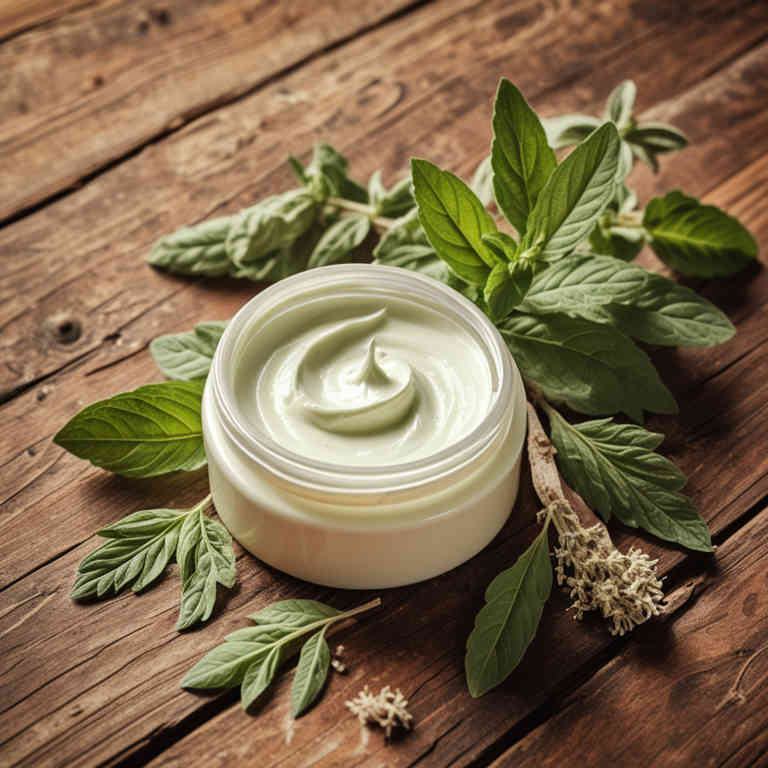Ocimum basilicum cream for medicinal use

Ocimum basilicum cream is a topical preparation made from basil essential oil and a base of carrier oils, often including beeswax or shea butter.
It is derived from the leaves of the Ocimum basilicum plant, commonly known as sweet basil. In herbalism, this cream is used to soothe skin irritations, reduce inflammation, and alleviate symptoms of conditions like eczema or psoriasis. It is also applied to relieve muscle aches and promote relaxation due to its aromatic and anti-inflammatory properties.
The calming scent of basil can have a soothing effect on the mind and body, making it a popular choice in aromatherapy and holistic medicine.
Uses
Ocimum basilicum cream has been used to treat various skin conditions and promote overall well-being for centuries.
Historically, it was a key component in traditional Ayurvedic and Chinese medicine, valued for its anti-inflammatory and antimicrobial properties. In ancient times, it was applied to wounds, burns, and skin infections to accelerate healing and reduce inflammation. Modern applications include its use in topical treatments for eczema, psoriasis, and acne due to its soothing and antioxidant effects.
Today, it is also incorporated into aromatherapy and skincare products for its calming and refreshing benefits.
Benefits
Ocimum basilicum cream has health benefits such as reducing inflammation, promoting skin healing, and providing antioxidant protection.
This herbal preparation is derived from basil leaves, which are rich in essential oils and phytochemicals. It can help soothe skin irritations and may support the treatment of minor burns or wounds. The anti-inflammatory properties of Ocimum basilicum cream can also aid in alleviating symptoms of skin conditions like eczema or psoriasis.
Regular use of this cream may contribute to overall skin health and wellness.
Constituents
Ocimum basilicum cream active constituents include essential oils, flavonoids, phenolic acids, and rosmarinic acid.
These compounds contribute to the cream's anti-inflammatory, antimicrobial, and antioxidant properties. The essential oils, such as eugenol and linalool, provide soothing effects on the skin. Flavonoids and phenolic acids help reduce oxidative stress and support skin health.
Rosmarinic acid is known for its ability to combat inflammation and enhance the skin's natural barrier function.
Preparation
To make Ocimum basilicum cream, start by selecting fresh or dried basil leaves and washing them thoroughly.
Next, blend the basil leaves with a carrier oil such as coconut or almond oil until a smooth paste is formed. Allow the mixture to steep for at least 48 hours to infuse the oil with the basil's beneficial compounds. After straining the mixture through a fine mesh or cheesecloth, add a small amount of beeswax to thicken the cream and mix well.
Finally, store the cream in a cool, dark place or refrigerate for longer shelf life.
Side Effects
Ocimum basilicum cream may lead to skin irritation or allergic reactions in some individuals due to the essential oils present in the herb.
It is often used topically for its anti-inflammatory and antimicrobial properties, which can help with skin conditions like eczema or fungal infections. However, excessive use or sensitivity to the active compounds may cause redness, itching, or burning sensations. In rare cases, it may interact with other topical medications or exacerbate existing skin conditions.
Individuals with known allergies to related plants such as mint or lavender should avoid using this cream.